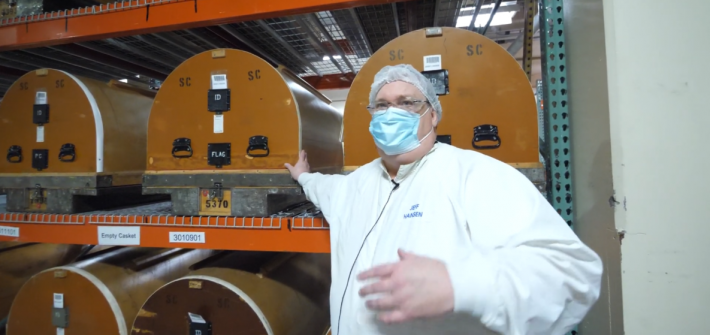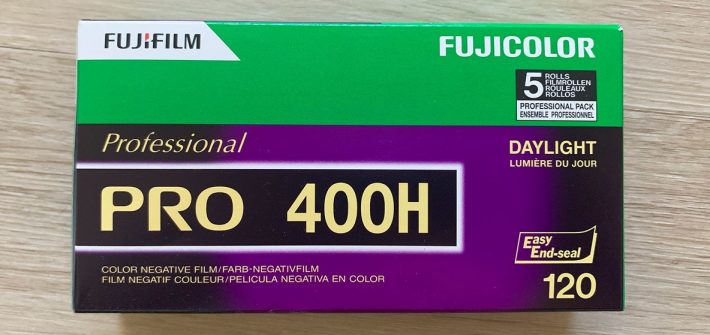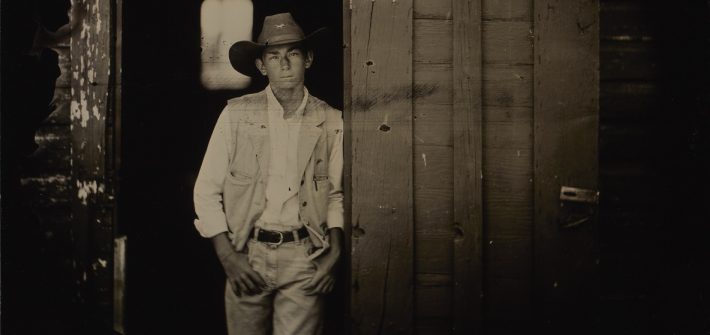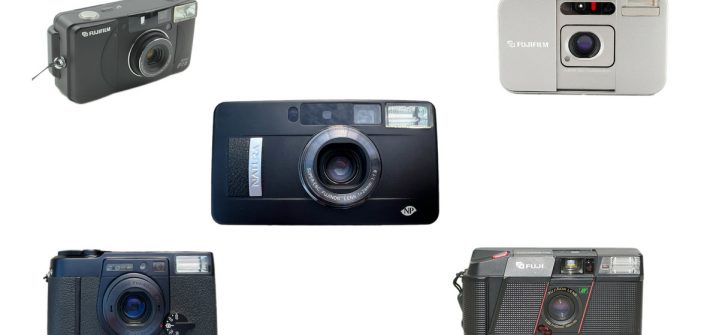The film community is a pretty friendly place. I’ve made a lot of good mates all over the world since launching my film photography podcast, “Matt Loves Cameras,” three years ago.
![]()

The film community is a pretty friendly place. I’ve made a lot of good mates all over the world since launching my film photography podcast, “Matt Loves Cameras,” three years ago.
![]()

This video is the second part (of three) of Smarter Everyday’s in-depth tour of Kodak’s film production line in Rochester, New York. In the first video, we saw how the base of the film is made out of pellets, as they’re melted down and formed into uniform, thin, clear sheets.

I love everything about shooting film. I love the feel of it, I love the cameras, I love the surprise of seeing the images, I love the community. I love it so much I set up my own film photography podcast called Matt Loves Cameras.
![]()

Wet plate collodion is a photographic process that dates back to the mid-1800s. It involves using antiquated equipment and processes, including toxic chemicals and is difficult to master. So, why would a modern-day successful commercial photographer be interested in pursuing this? And what insights could his journey provide?

Fujifilm gets a pretty bad rap these days from the film photography community. So, it’s easy to forget that from the 1980s to the early 2000s, Fujifilm produced some of the best cameras ever made: medium format, point and shoots, the extraordinary Xpan, and a sack full of other interesting goodies.